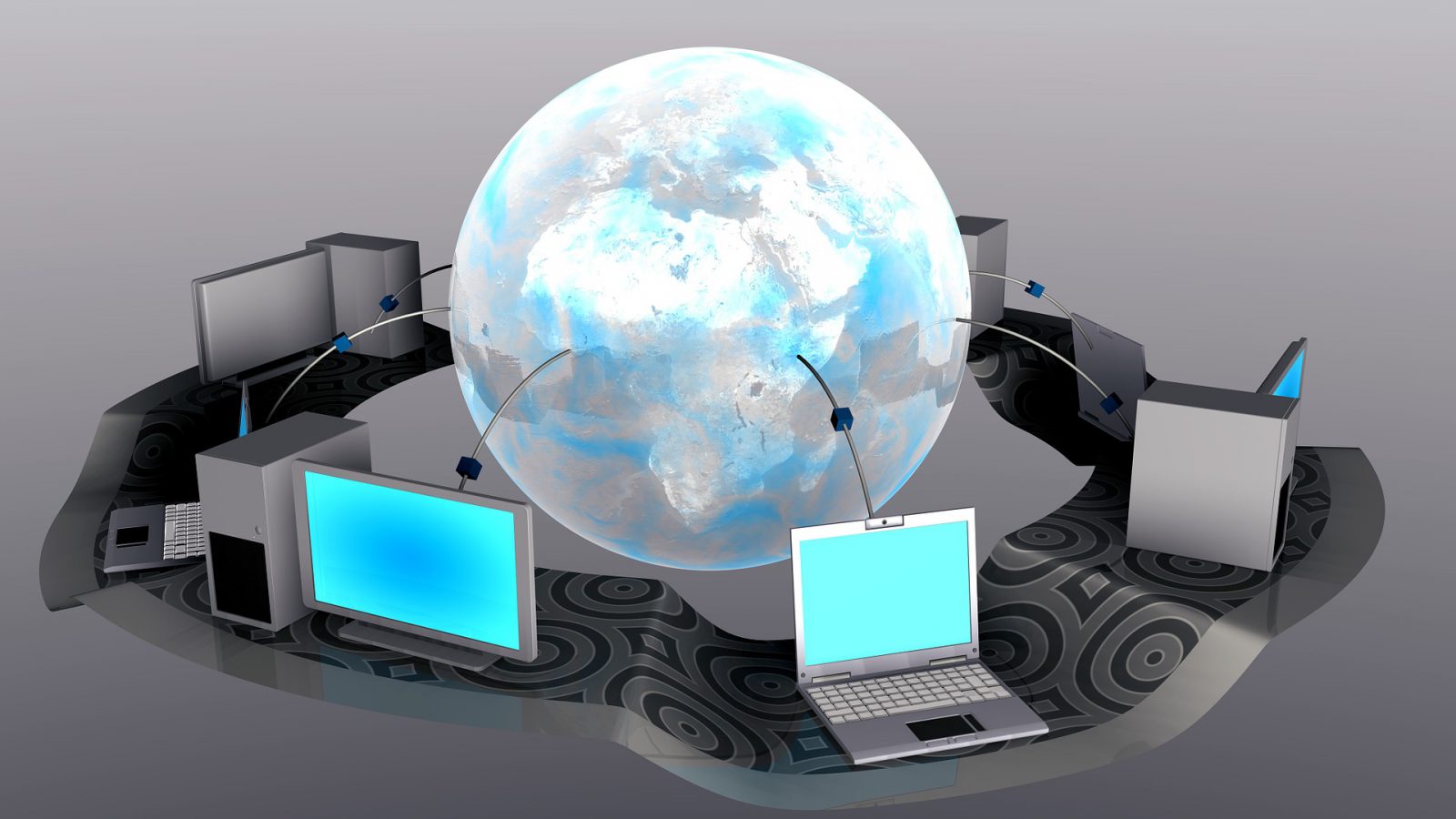Independent actions can wreak havoc within organizations. Especially if these actions are taken with no record or with records kept only by the individual or individuals involved with that particular sequence.
Any successful company or organizations is built on policy. When this policy is followed by those working within the group, the purpose of the group can forwarded and accomplished.
After establishing such policies, the next step is keeping adequate records of each application.
When this isn’t done or done incorrectly, the mind of the organization becomes scattered and dispersed (as will the customers connected with such an organization).
If this isn’t remedied, these customers will most likely make their way over to other companies who have their organization a bit more together.
So what is Customer Relationship Management (CRM) software and how does this apply?
How Does CRM Solve Disorganization?
The basic purpose of CRM (Customer Relationship Management) is to organize and manage all dealings with customers.
This sounds like a simple concept.
In order to do this properly and effectively, though, there are multiple steps and sub-products that lead up to being able to not only properly manage customer relationships but also to create and generate repeat and new customers.
To get an idea of what this entails, it helps to take a look at the steps needed to reach the point of delivering your product to a customer.
This is going to include all of the marketing and sales that lead up to having an active customer.
If you had the website designer, the direct mail officer and the salesman all working on different parts of the process and keeping their own individual notes, you can see how this would start to breakdown.
Expand this further to the point where the client is now buying products from the organization and you’ve added accounts, order management, fulfillment, delivery and customer service.
Imagine if each of these departments worked independently and made determinations without taking the others on the production line into account.
It’s not hard to see how this would and does get out of control quite easily.
An effective Customer Relationship Management system that is used by everyone in the organization aligns all departments on a direct line that follows a client from the their initial contact to the delivery of their product and beyond to the next cycle.
CRM Resolutions by MindCloud
At MindCloud we have worked to resolve the common problems encountered with CRM software.
These involve such things as the inability to integrate with other software programs being used by the business.
Another issue is the learning curve involved in getting the CRM up and running so as to be properly implemented within the organization.
Often this necessitates hiring a specialist in the designated software just to maintain the system and adapt to changes or issues that come up along the way.
We want your Customer Relationship Management software to be intuitive and simple to use and thus encourage user adoption and discourage independent systems that detract from the purpose and forward thrust of the company.
Find out today what MindCloud is doing to address this.
Bring your business up to the next level.
 If you’ve come across the acronym API, yawned and clicked off to another page, you are not alone.
If you’ve come across the acronym API, yawned and clicked off to another page, you are not alone.

 Business-2-Business is commonly shortened and referred to as B2B.
Business-2-Business is commonly shortened and referred to as B2B.
 First, let’s look at how a business transaction could be done manually without EDI.
First, let’s look at how a business transaction could be done manually without EDI.
 An order comes in. You are excited.
An order comes in. You are excited.
 Being a consumer, we don’t normally think or care much about the bottom line of the company providing the food delivery service. All we do is pull up the app, load groceries in the virtual cart, check out and receive everything at the front door.
Being a consumer, we don’t normally think or care much about the bottom line of the company providing the food delivery service. All we do is pull up the app, load groceries in the virtual cart, check out and receive everything at the front door.